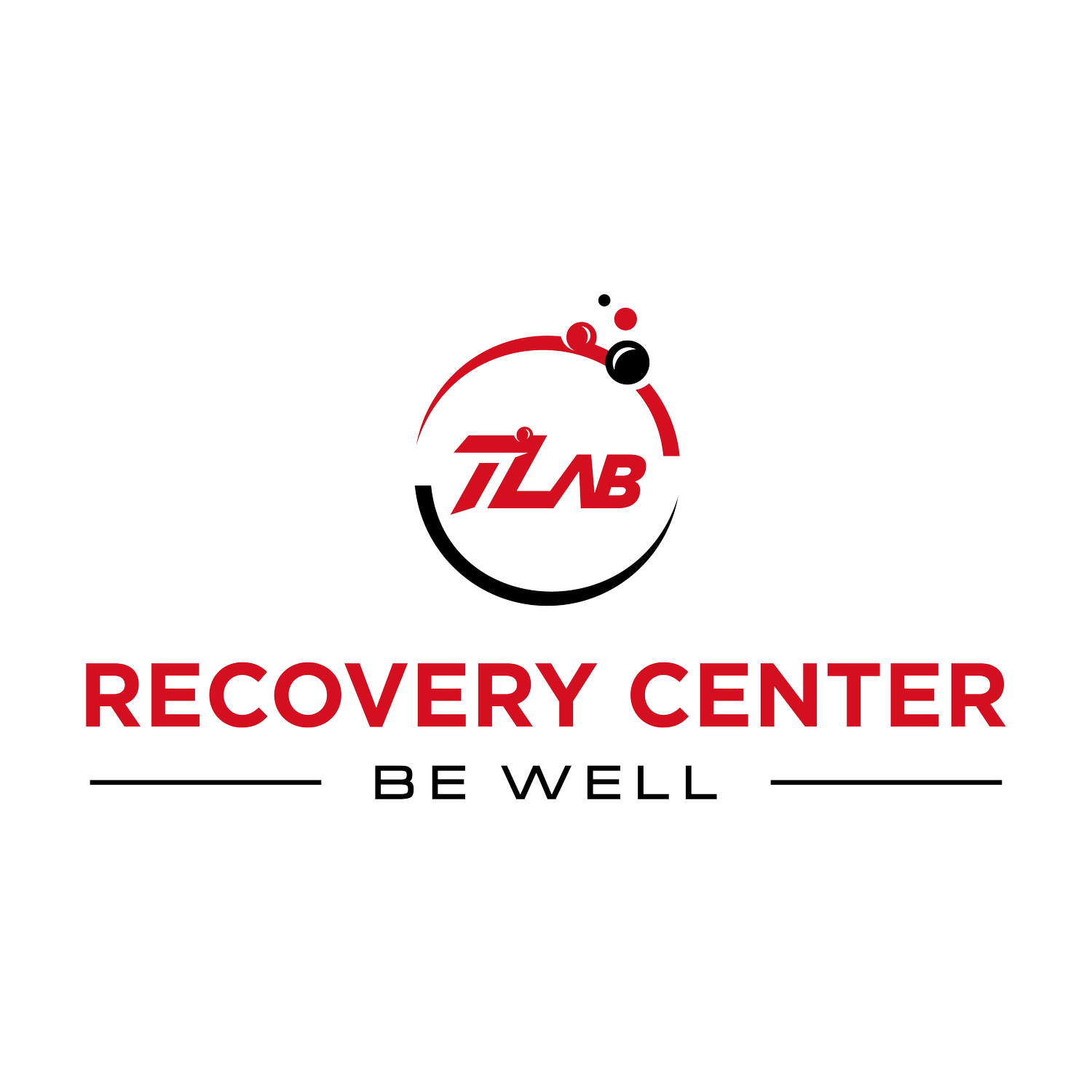Hyperbaric Oxygen Therapy (HBOT) Treatment for Kidney Disease
What is Hyperbaric Oxygen Therapy? How does it help kidney disease?
In hyperbaric oxygen therapy, an individual’s red blood cells become saturated with oxygen. Then plasma, which is the liquid part of the blood becomes saturated. This enables oxygen to diffuse into tissues compromised by acute inflammation and microvascular disease and dysfunction. These effects have been noted in studies of traumatic brain injuries, wound healing, carbon monoxide poisoning, gangrene infections and oxygen starved tissues (hypoxia) such as diabetic kidneys. In general, some effects of HBOT are seen immediately after treatment, others take numerous treatments.
“HBOT enables oxygen to diffuse into tissues compromised by acute inflammation and microvascular disease and dysfunction. This leads to the activation of fibroblasts and mobilization of macrophages and bone marrow–derived vascular endothelial cells. These cellular responses further stimulate[d] neoangiogenesis and vasculogenesis within tissues. These complex cellular and tissue responses are known to support tissue repair and wound healing within chronic ulcerations due to diabetes and radiation tissue injury.”
- Al-Waili and Butler (2006)
Hypoxia is one of the major key dilemmas in the diabetic kidney. Current treatment of diabetic kidney disease relies on nutritional management and drug therapies to achieve metabolic control. To date there have been numerous studies utilizing HBOT in the treatment of DKD or end stage renal failure. Chronic kidney disease (CKD) is defined as the gradual decline in kidney function (glomerular filtration rate—GFR) over time, affecting nearly 13% of adults (Darshi et al. 2016; Gallagher and Suckling 2016). A pathologic hallmark of DKD is the presence of increased loss of proteins, especially albumin through the renal filtration membrane (glomerulus). The glomerulus is made up of microvasculature and when damaged by years of hyperglycemia, it begins to leak albumin into the urine, a condition known as albuminuria.
The data supports the concept that HBOT can reduce biomarkers of renal injury, oxidant stress, and mitochondrial dysfunction in patients receiving HBOT while treating diabetic foot wounds.
- Harrison and Giardina (2018)
Inflammatory hypoxia is recognized as a common barrier to reparative responses in many chronically diseased tissues, from autoimmune inflammatory conditions to chronic wounds and many solid tumors (Eltzschig and Carmeliet 2011; Colgan et al. 2013; Perdrizet 2017). HBOT activates anti-inflammatory mechanisms by suppressing NF-kB expression and reducing levels of TNF and IL-1B. After exposure to HBOT, pro-inflammatory stimulus-induced cytokine production is transiently repressed, whereas cytokine release by unstimulated and lipopolysaccharide challenged macrophages is increased. IFNγ, an anti-angiogenic cytokine, is markedly decreased following HBOT. TNF levels are similarly decreased after HBOT treatment, which helps in the repair following ischemia-reperfusion injury (injury resulting from the return of blood flow to an area that previously lacked blood flow and oxygen). HBOT also works to reduce prostaglandin production, which normally induce inflammation pain, swelling, and increased sensitivity to pain. The inhibition of this PG pathway is therefore hypothesized to play a role in HBOT’s anti-inflammatory effect and ability to reduce pathologic tissue edema (Rachmilewitz et al. 1998).
HBOT also stimulates the production of new blood vessels and their supporting collagenous matrix, by stimulating angiogenesis in response to hyperoxia (Sheikh et al. 2000). HBOT increases localized angiogenic stimuli to mobilize, recruit, and differentiate bone marrow–derived circulating stem and endothelial cells, which promote tissue neoangiogenesis and vasculogenesis.
